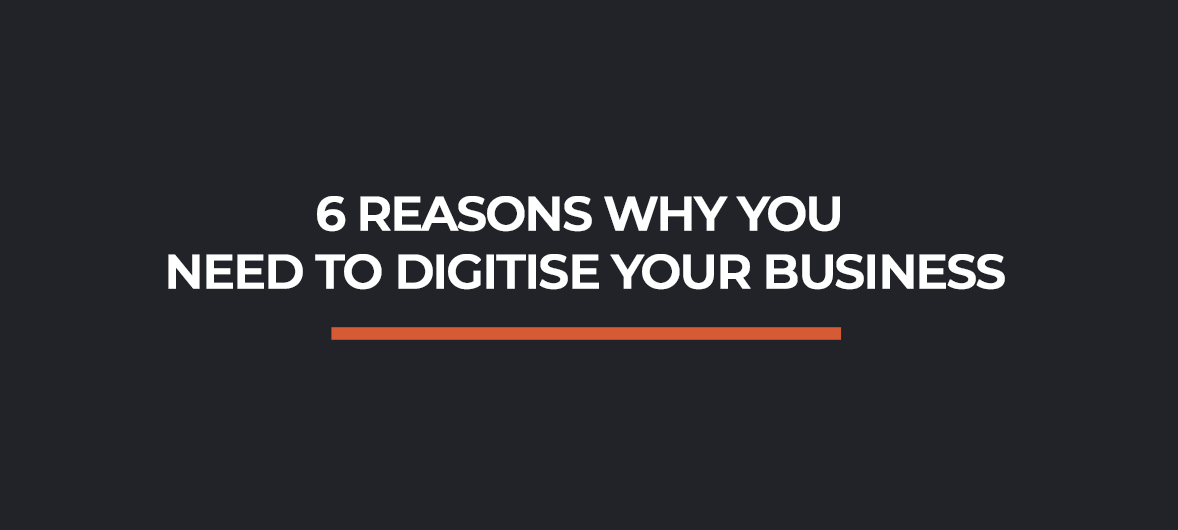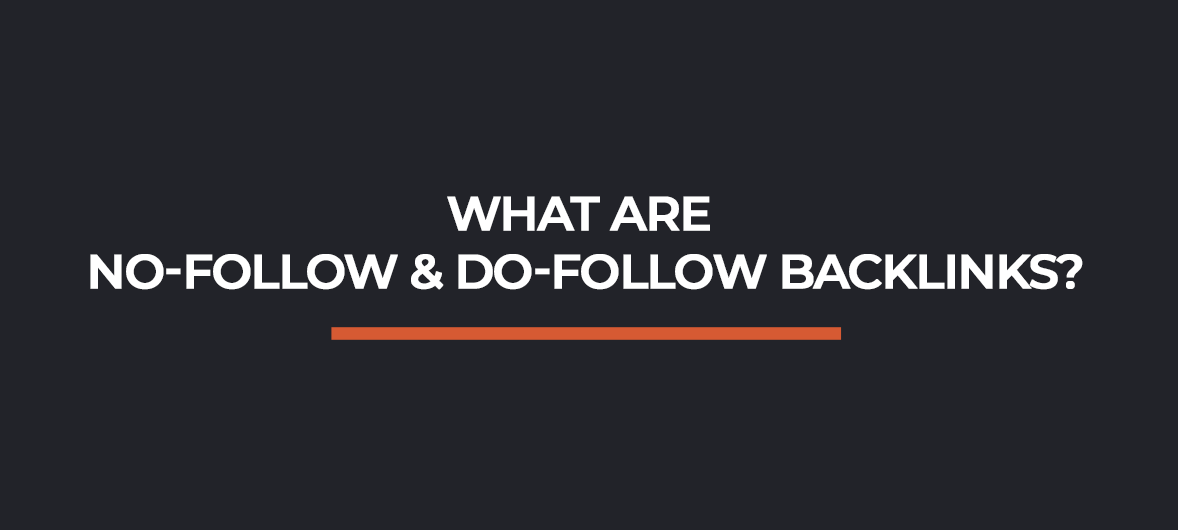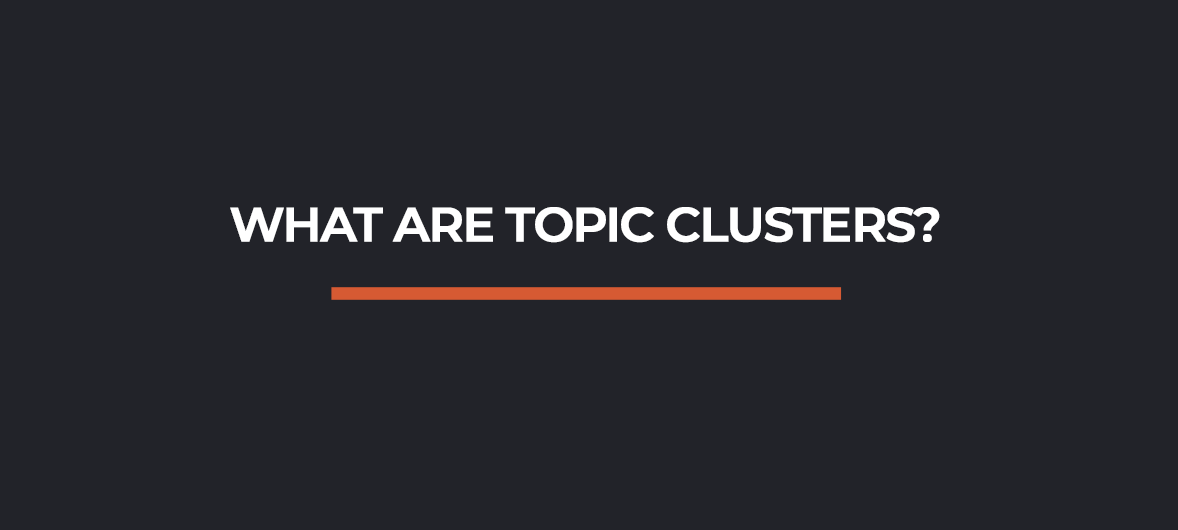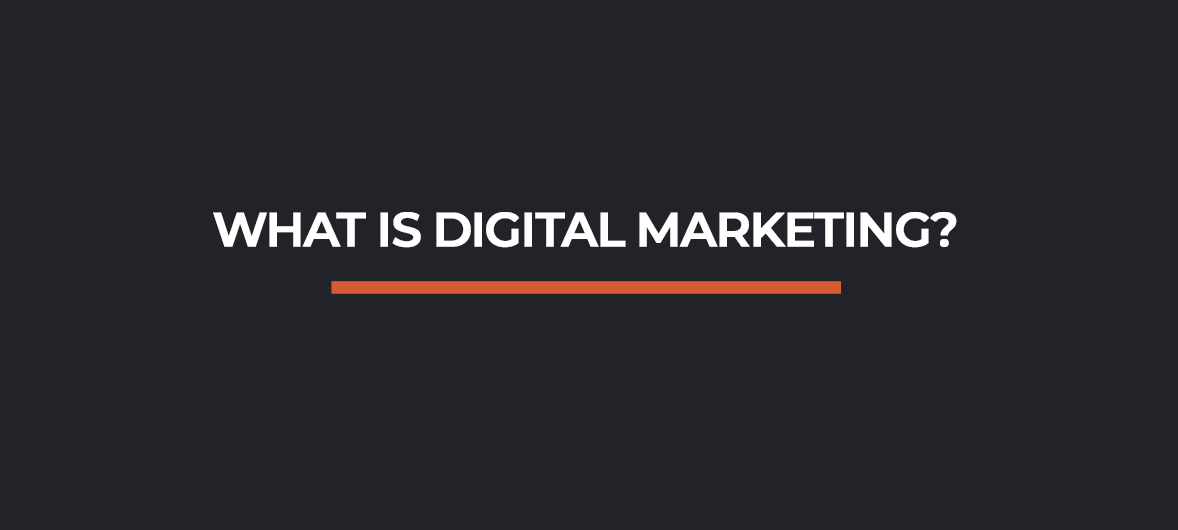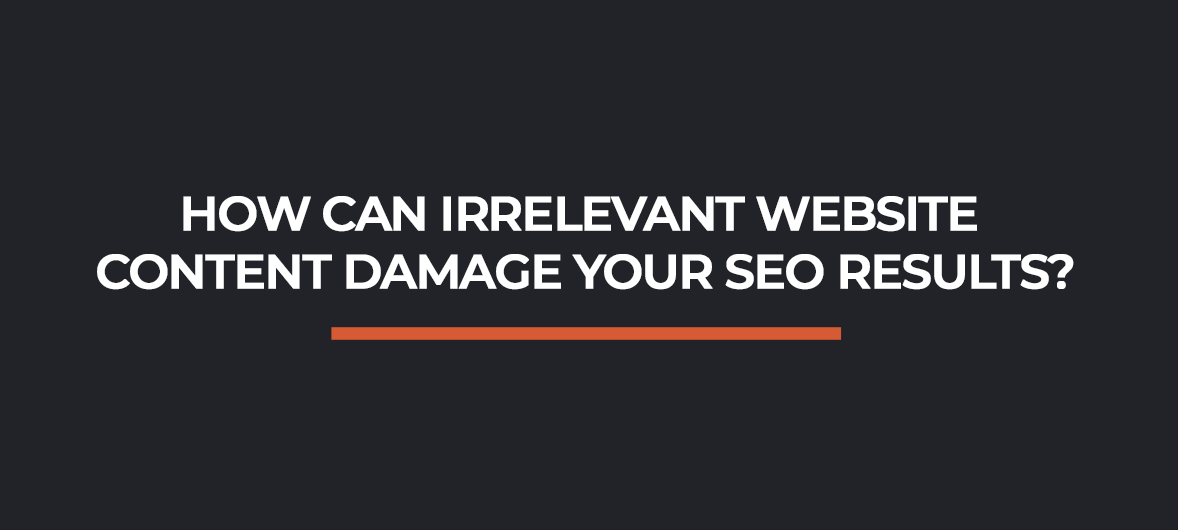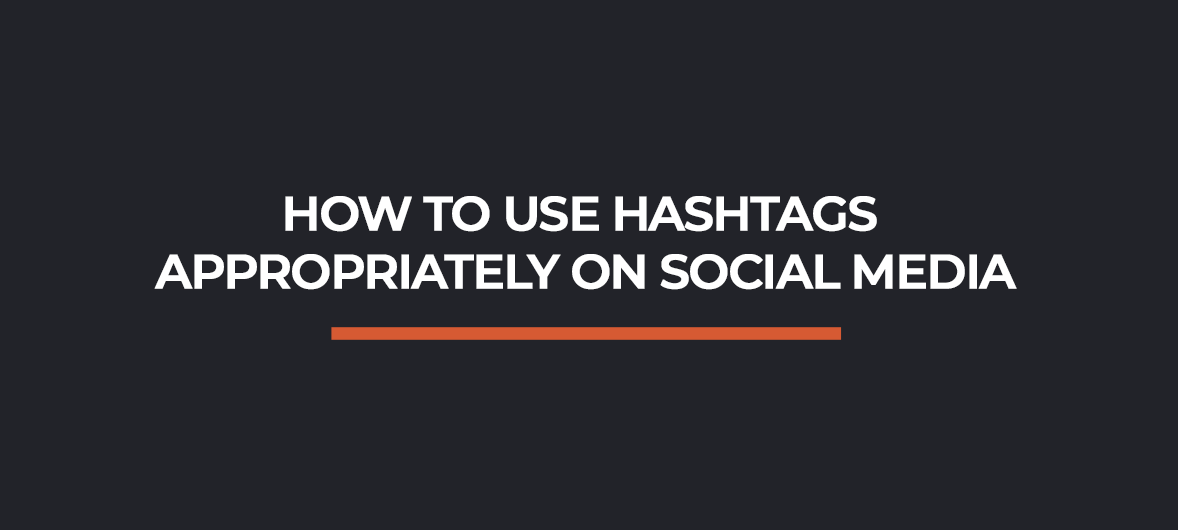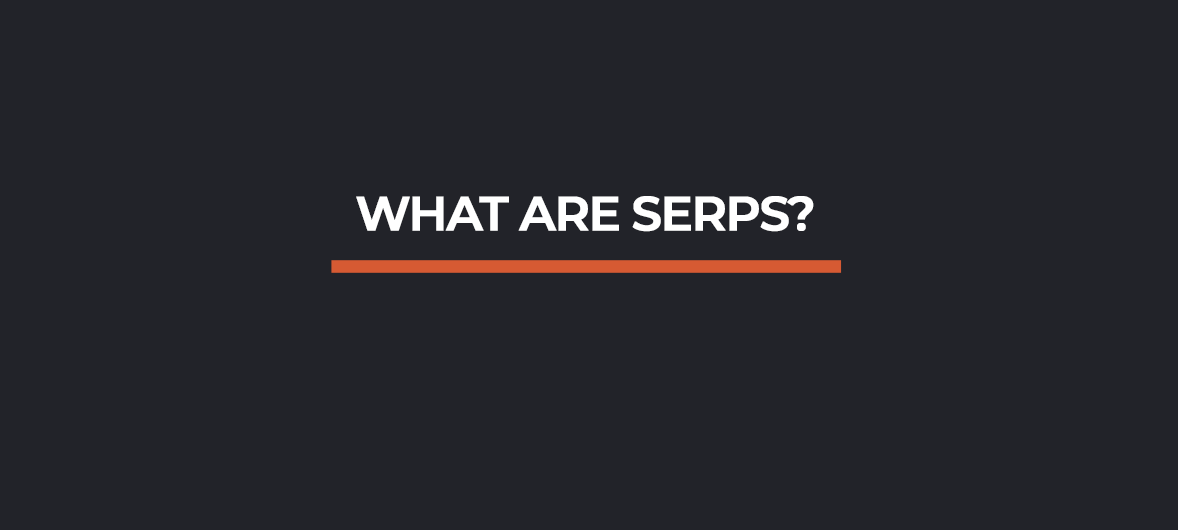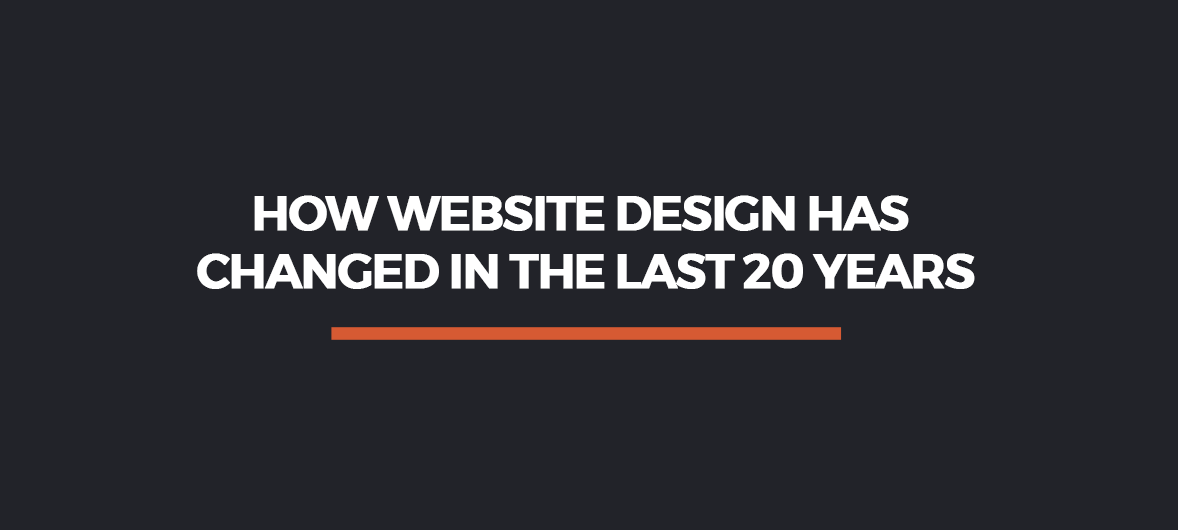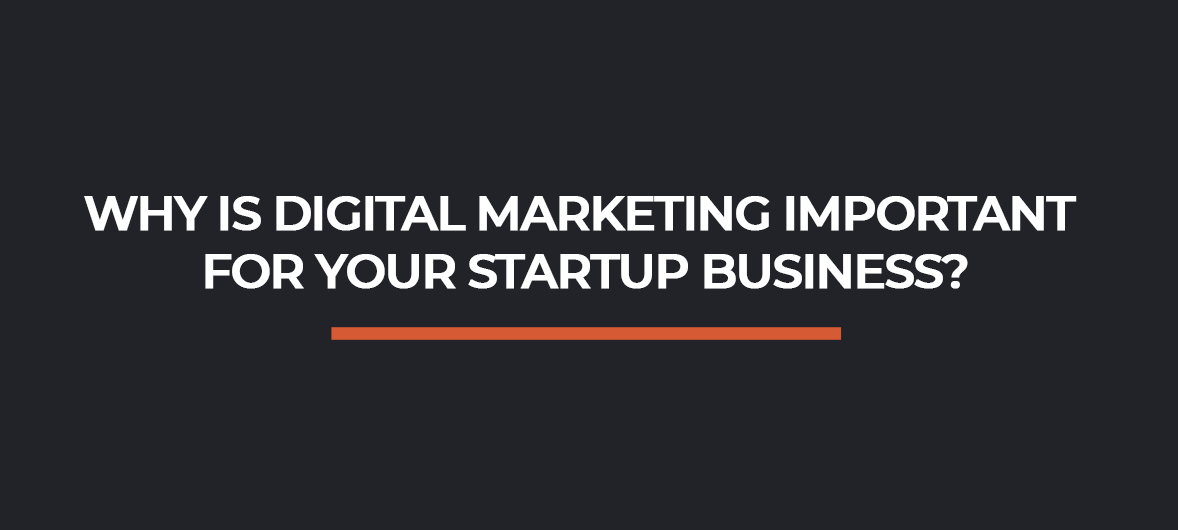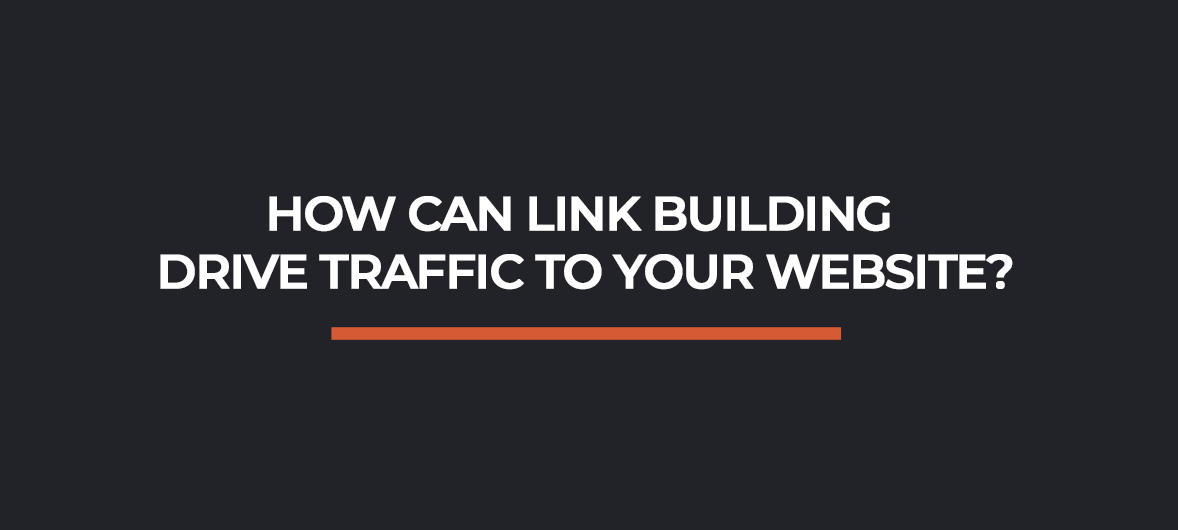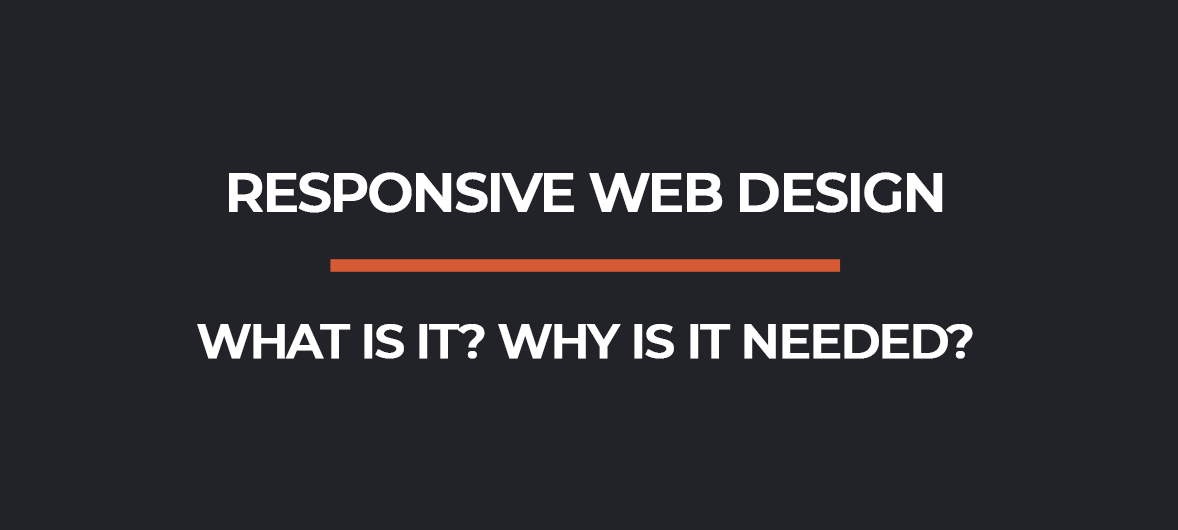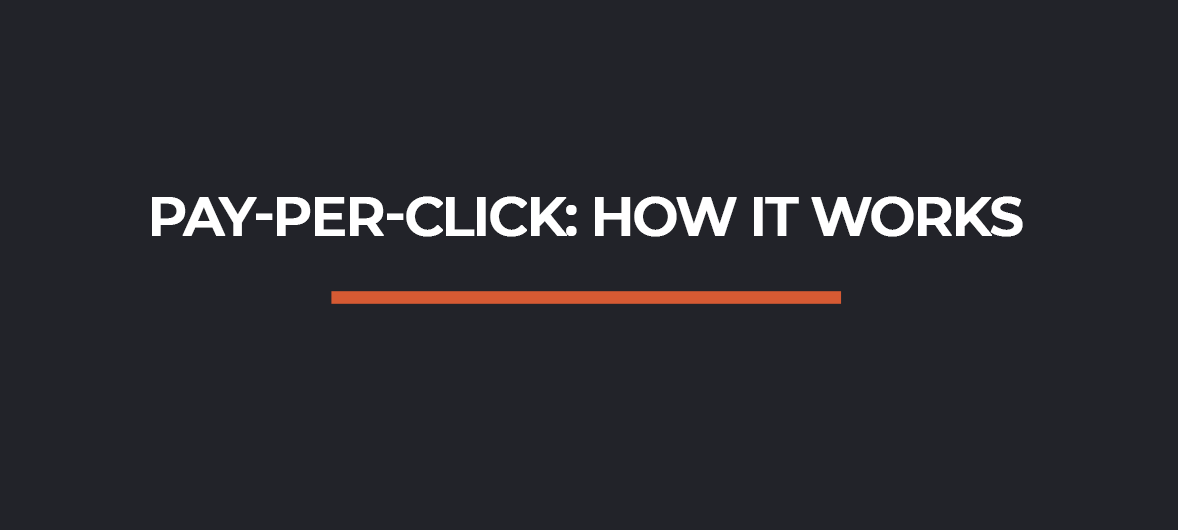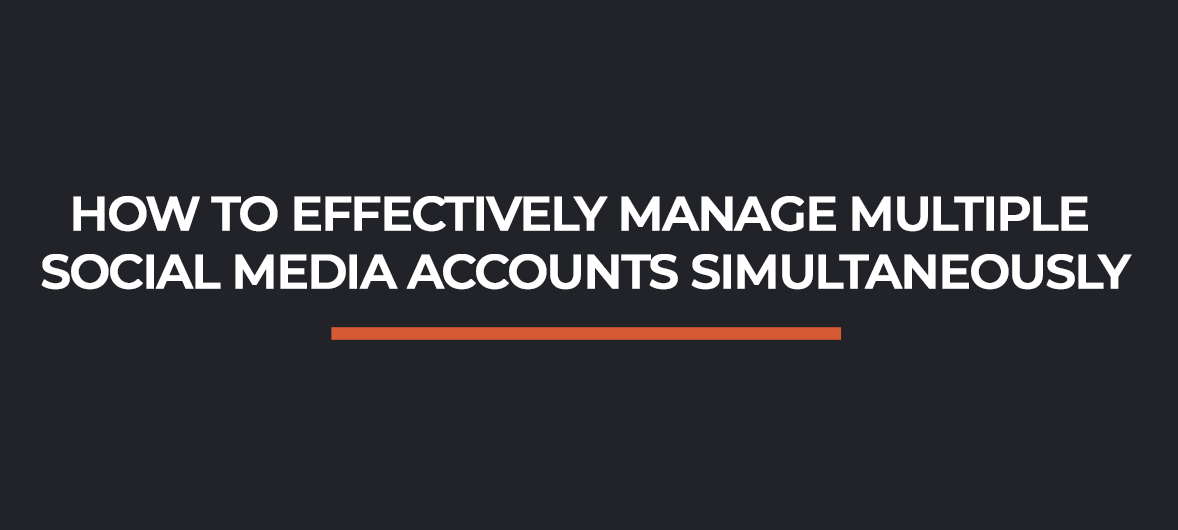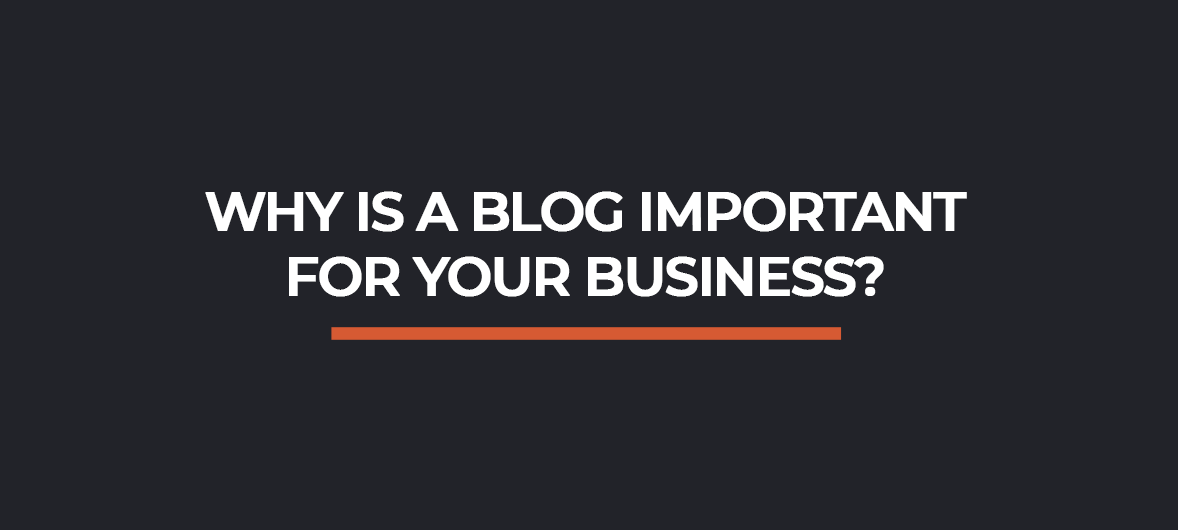How to manage multiple social media accounts
Post at the right times & at a steady rate for each account
- LinkedIn – two or three times a week
- Twitter – every other day
- Instagram – three times a week
- Facebook – three or four times a week
The times you post will also have a profound effect on how well that post performs and how much engagement it receives. Posting in the middle of the night will not be good for your UK-based clients, but it might be better if your clients are based on the other side of the world and vice-a-versa.
Posting in the middle of the day when everyone is at work isn’t a good idea either, but posting in the morning or in the evening, when people are commuting either to or from work on trains and buses or are wanting a bit of light reading before breakfast or dinner, would be better. You should look into your demographics by using Google Analytics to help you decide when you should be posting – we’ll discuss this further a bit later on.
Schedule some your social media posts, if you can
- TikTok
Refrain from cross-posting by keeping things new & fresh on each platform
Cross-posting is when you post the exact same thing across multiple social media platforms. Often, the same wording will be used as well as the same images. This spells bad news if you’re managing more than one social media website.
It’s important that you keep content new and fresh throughout your channels, posting different pieces of content on each one. This helps to keep things fresh for your followers, especially if they follow you on more than one platform.
If they keep seeing the same thing from you on Facebook, Instagram and Twitter, for example, then it’s likely they’ll get bored and they’ll see no point in following you on all three sites. This then means that they could unfollow you on two platforms, which isn’t good in terms of sharing, liking and promoting.
Set some time aside to focus on your social media accounts
It can be easy to use up all of your time, or your marketing team’s time, creating content for your site rather than using some of it for content creation and some of it for content promotion.
If you do not have the time for this, then it would be better for you to employ a social media manager; someone who is employed specifically to post to your social accounts and encourage engagement, including sharing, commenting, liking and following. Most digital marketing experts, such as Andy Morely, can help with this.
Use Google Analytics to your advantage
Google Analytics provides the user with extensive data and information that can be effectively used to your advantage when it comes to what you post and on which site. For example, Google Analytics can provide you with demographic statistics, meaning you’ll be able to see who is engaging with your content with regards to their age and even the country they’re from. This will enable you to make an informed decision about the type of content you post and on which platform you post it on.
For example, a younger demographic might be more likely to use TikTok and Instagram, whereas an older demographic would be more inclined to use Facebook. However, professionals might well use LinkedIn to access formal content and relevant career information, tips and advice as opposed to Twitter or Facebook.
Understand your audience and, in turn, you’ll be able to plan what it is you post, when you post it and what site you post it to. Once you have established this, posting to different sites in order to engage with different demographics will become far quicker, easier and straightforward.
